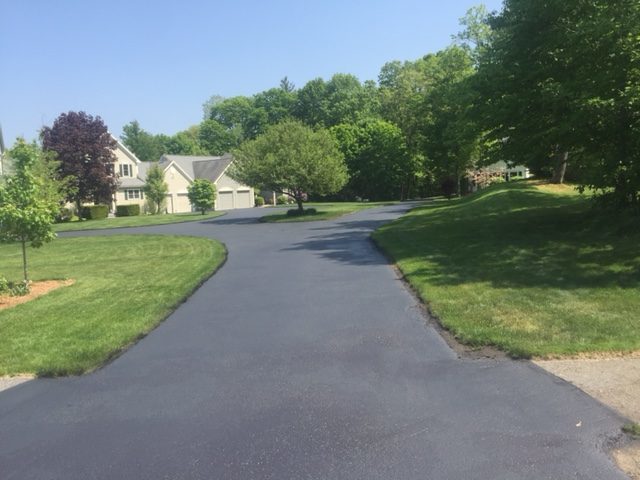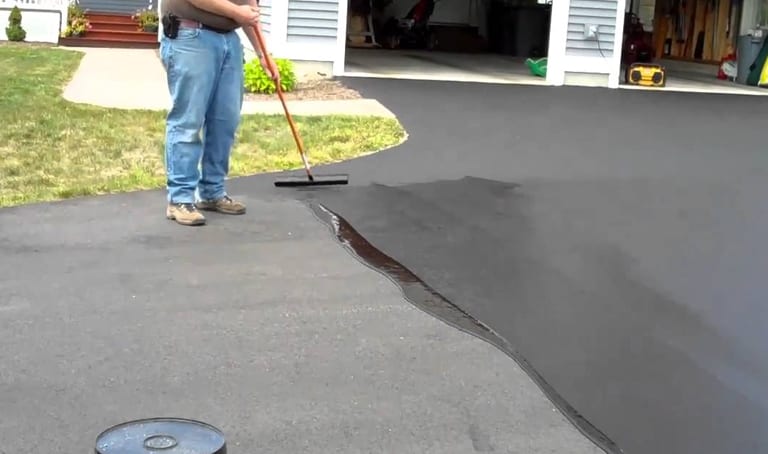Hot Mix Asphalt: A Lasting Service for Sidewalk
Hot Mix Asphalt (HMA) has emerged as a leading lasting choice for pavement services, offering a myriad of ecological advantages and ingenious technologies. Its capability to minimize and reuse materials power intake offers an engaging situation for its adoption in roadway building projects. The long-term efficiency and sturdiness of HMA make it a recommended option for framework development. As the need for environment-friendly building methods expands, checking out the nuances of HMA's sustainability can offer valuable insights right into the future of sidewalk remedies.
Environmental Advantages of Hot Mix Asphalt

Moreover, Warm Mix Asphalt aids to reduce urban warm island effects. Its dark shade takes in sunlight, lowering the amount of warmth reflected back into the environment compared to lighter-colored pavements. This can lower ambient temperature levels in urban areas, reducing the need for air conditioning and eventually decreasing energy intake.
Additionally, Hot Mix Asphalt adds to improved stormwater management. Its permeable nature enables water to reenergize and infiltrate the sidewalk groundwater materials, reducing overflow and the danger of flooding. These ecological advantages make Hot Mix Asphalt a sustainable choice for paving highways and roadways.
Energy Performance in HMA Manufacturing
Is power effectiveness a vital aspect in the manufacturing of Hot Mix Asphalt (HMA)? Energy plays a significant role in the manufacturing of HMA, influencing both expense and environmental sustainability. One crucial facet of energy efficiency in HMA production is the use of cozy mix asphalt (WMA) innovations.
Furthermore, innovations in plant technologies have actually caused more energy-efficient HMA production processes. Modern plants are made with features like recycled asphalt sidewalk (RAP) processing capabilities, effective heater systems, and boosted insulation, all adding to power financial savings. By enhancing power use in HMA manufacturing, the industry can lower its carbon footprint while keeping top quality sidewalk products. Power effectiveness is, therefore, an essential consideration in guaranteeing the sustainability of Hot Mix Asphalt production.
Recyclability of Warm Mix Asphalt
The recyclability of Warm Mix Asphalt (HMA) is a crucial element of its sustainability and long-lasting environmental influence. HMA is among one of the most recycled products in the USA, with over 100 million lots of redeemed asphalt pavement (RAP) being recycled every year in brand-new pavement building. Reusing HMA supplies several environmental benefits, such as lowering the demand for virgin materials, lowering energy intake during production, and decreasing the amount of waste sent to land fills.
The process of recycling HMA involves grating the existing pavement, squashing it right into smaller items, and blending it with new aggregate and asphalt binder to create a recycled mix. This recycled mix can frequently execute as well as or perhaps better than traditional HMA, while requiring fewer resources and producing lower greenhouse gas exhausts. By including RAP into brand-new pavement jobs, roadway companies can conserve natural deposits, minimize prices, and decrease the ecological footprint of roadway construction and maintenance tasks. In general, the recyclability of HMA plays a substantial role in promoting lasting techniques within the pavement industry.

Long-Term Efficiency of HMA
Asphalt sidewalks demonstrate longevity and durability over an extended duration, showing the long-lasting efficiency of Hot Mix Asphalt (HMA) Furthermore, improvements in HMA technology, such as the use of polymer-modified binders and warm mix asphalt, have even more enhanced the durability and longevity of HMA pavements. By focusing on quality building and upkeep practices, HMA proceeds to verify itself as a affordable and sustainable solution for lasting pavement framework.

HMA: Sturdiness and Sustainability
Demonstrating both toughness and sustainability, Hot Mix Asphalt (HMA) has ended up being a keystone in the building of lasting sidewalk frameworks - hot mix asphalt. HMA's resilience useful link comes from its ability to withstand heavy loads, harsh climate conditions, and high web traffic quantities, making it a reliable selection for streets, freeways, and airport terminal paths. The make-up of HMA, which generally includes accumulations, binder, and filler, plays a vital function in improving its durability and resistance to damage
In addition, HMA's sustainability hinges on its recyclability and energy-efficient production process. The capability to recycle reclaimed asphalt sidewalk (RAP) in brand-new HMA blends lowers the need for virgin products and reduces the ecological effect of pavement building and maintenance. Additionally, the energy efficiency of generating HMA depends on its reduced blending temperatures compared to other pavement materials, causing decreased energy intake and greenhouse gas exhausts.
Conclusion
Finally, hot mix asphalt (HMA) uses a lasting option for sidewalk with its environmentally pleasant qualities. HMA's recyclability, power efficiency in production, and long-lasting toughness make it an environment-friendly option for road building. By saving natural sources, minimizing waste, and lowering greenhouse gas emissions, HMA plays a vital function in advertising sustainability in infrastructure advancement. Its ability to minimize metropolitan warm island effects additionally highlights its value in creating durable and eco aware pavement systems.
HMA is one of the most recycled materials in the United States, with over 100 million lots of reclaimed asphalt sidewalk (RAP) being reused every year in new sidewalk building.The procedure of recycling HMA includes milling the existing pavement, squashing it into smaller items, and mixing it with brand-new aggregate and asphalt binder to create a recycled mix.Asphalt sidewalks demonstrate sturdiness and resilience over an extended duration, showing the long-lasting performance of Warm Mix Asphalt (HMA) Additionally, improvements in HMA innovation, such as the use of polymer-modified binders and cozy read review mix asphalt, have even more enhanced the sturdiness and longevity of HMA sidewalks. The capacity to reuse redeemed asphalt sidewalk (RAP) in brand-new HMA blends minimizes the demand for virgin products and lessens click here to read the environmental impact of pavement building and construction and upkeep.